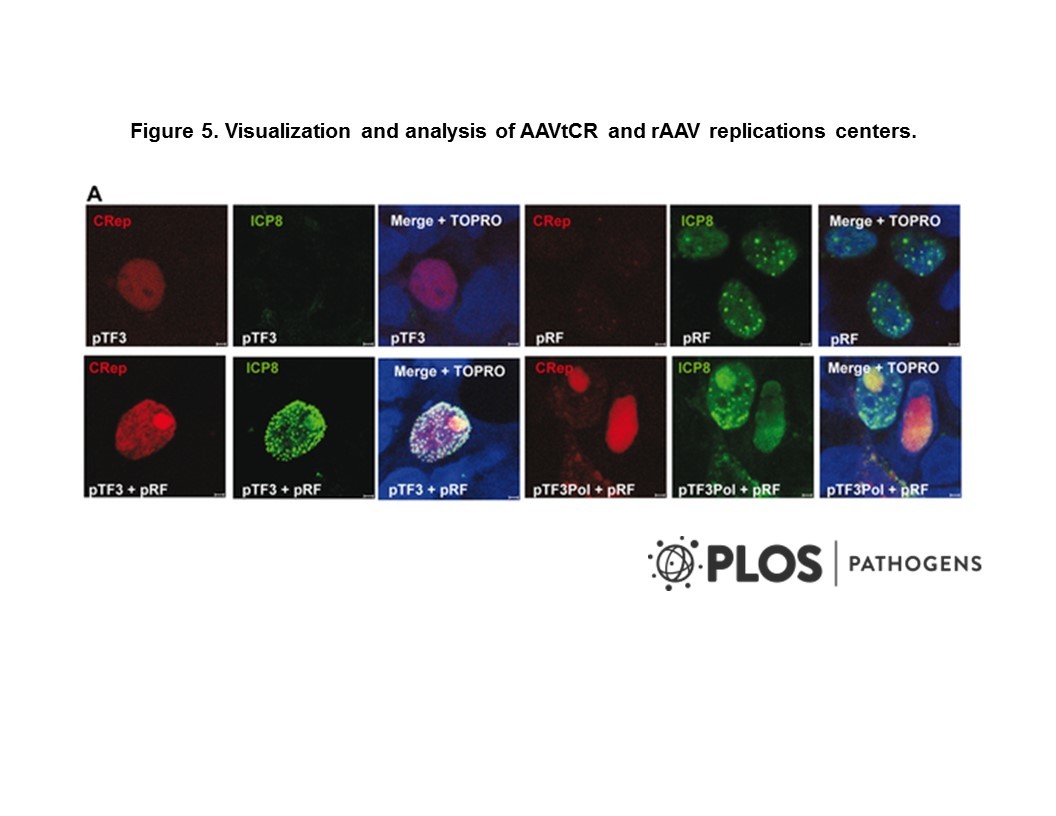
Cat. #151709
Anti-APC15 [APC15]
Cat. #: 151709
Sub-type: Primary antibody
Unit size: 100 ug
Availability: 10-12 weeks
Target: Human APC15
Class: Polyclonal
Application: IP ; WB
Reactivity: Human
Host: Guinea Pig
£300.00
This fee is applicable only for non-profit organisations. If you are a for-profit organisation or a researcher working on commercially-sponsored academic research, you will need to contact our licensing team for a commercial use license.
Contributor
Inventor: Jonathon Pines
Institute: University of Cambridge
Tool Details
*FOR RESEARCH USE ONLY
- Name: Anti-APC15 [APC15]
- Clone: APC15
- Tool sub type: Primary antibody
- Class: Polyclonal
- Conjugation: Unconjugated
- Molecular weight: 14 kDa
- Reactivity: Human
- Host: Guinea Pig
- Application: IP ; WB
- Description: The uncharacterised open reading frame C11orf51 has been identified in a systematic proteomic analysis of APC/C purified from HeLa cell extracts. Human C11orf51 is conserved in vertebrates and invertebrates and has homology to S. pombe APC15, and S. cerevisiae Mnd2. hAPC15 is previously uncharacterised. It has been shown for the first time that human APC15 is a component of the Anaphase promoting complex/cyclosome (APC/C) which is required for progression from metaphase during cell cycle. Specifically, APC15 drives the turnover of mitotic checkpoint complexes (MCC)-Cdc20 to make the spindle-assembly checkpoint responsive to kinetochore attachment. Depleting APC15 prevents Cyclin B1 ubiquitylation and degradation because MCCs are locked onto the APC/C and cannot be released when all the kinetochores have attached to the spindle.
- Immunogen: Full length His-TEVhAPC15 purified from BL21 E.coli
- Recommended controls: Asynchronous human cell lysates are sufficient.
Target Details
- Target: Human APC15
- Molecular weight: 14 kDa
- Tissue cell line specificity: Asynchronous human cell lysates are sufficient.
- Target background: The uncharacterised open reading frame C11orf51 has been identified in a systematic proteomic analysis of APC/C purified from HeLa cell extracts. Human C11orf51 is conserved in vertebrates and invertebrates and has homology to S. pombe APC15, and S. cerevisiae Mnd2. hAPC15 is previously uncharacterised. It has been shown for the first time that human APC15 is a component of the Anaphase promoting complex/cyclosome (APC/C) which is required for progression from metaphase during cell cycle. Specifically, APC15 drives the turnover of mitotic checkpoint complexes (MCC)-Cdc20 to make the spindle-assembly checkpoint responsive to kinetochore attachment. Depleting APC15 prevents Cyclin B1 ubiquitylation and degradation because MCCs are locked onto the APC/C and cannot be released when all the kinetochores have attached to the spindle.
Applications
- Application: IP ; WB
Handling
- Format: Liquid
- Concentration: 0.9-1.1 mg/ml
- Unit size: 100 ug
- Storage conditions: -15° C to -25° C
- Shipping conditions: Shipping at 4° C
References
- Mansfeld et al. 2011. Nat Cell Biol. 13(10):1234-43. PMID: 21926987.
- APC15 drives the turnover of MCC-CDC20 to make the spindle assembly checkpoint responsive to kinetochore attachment.




